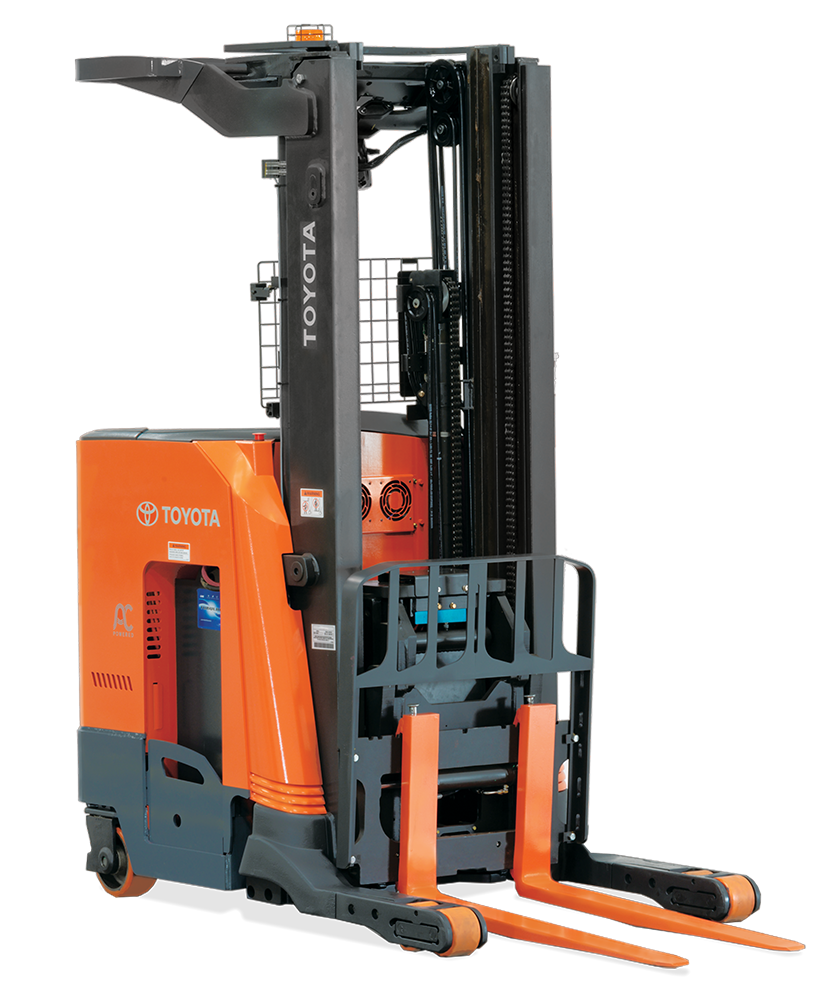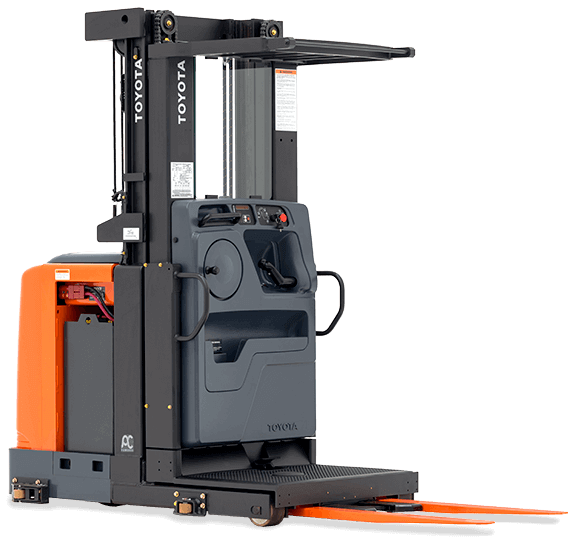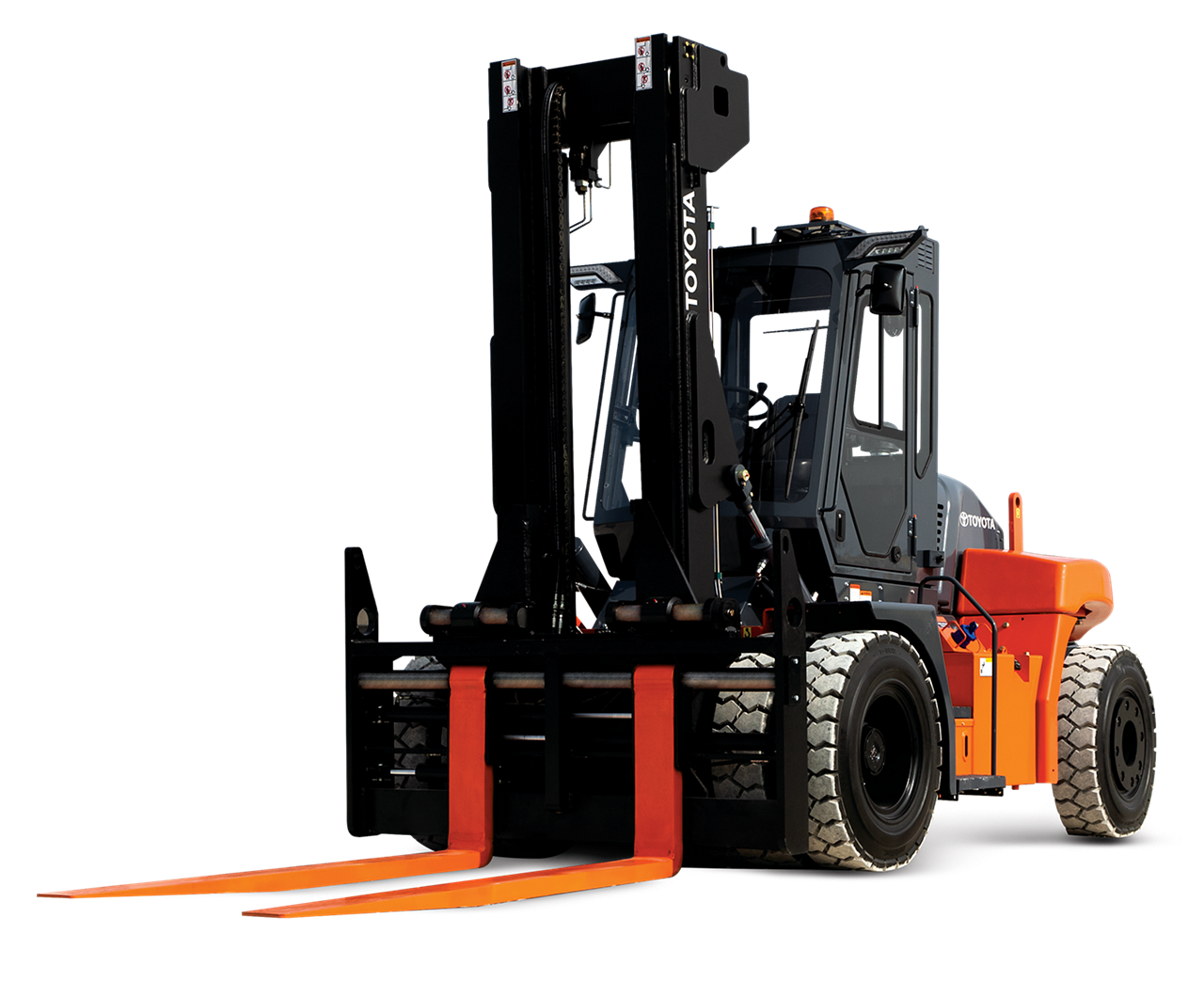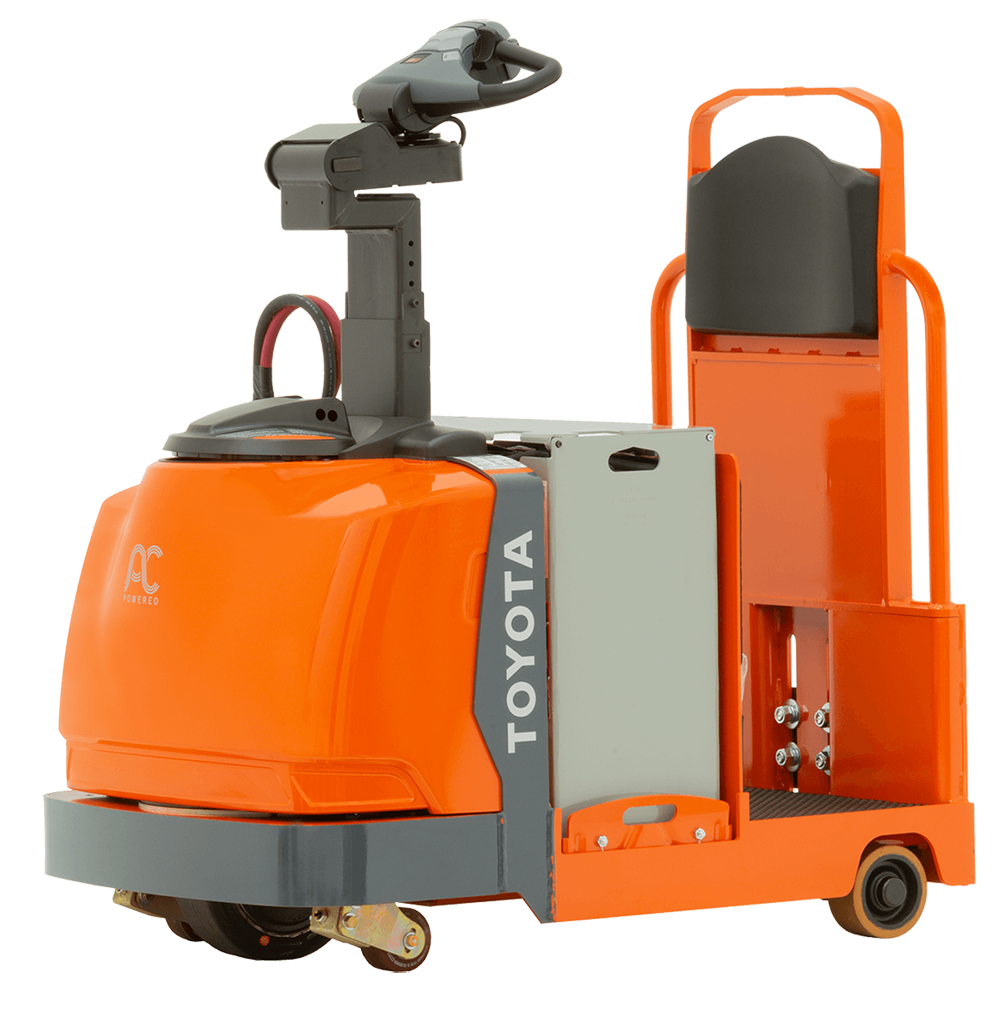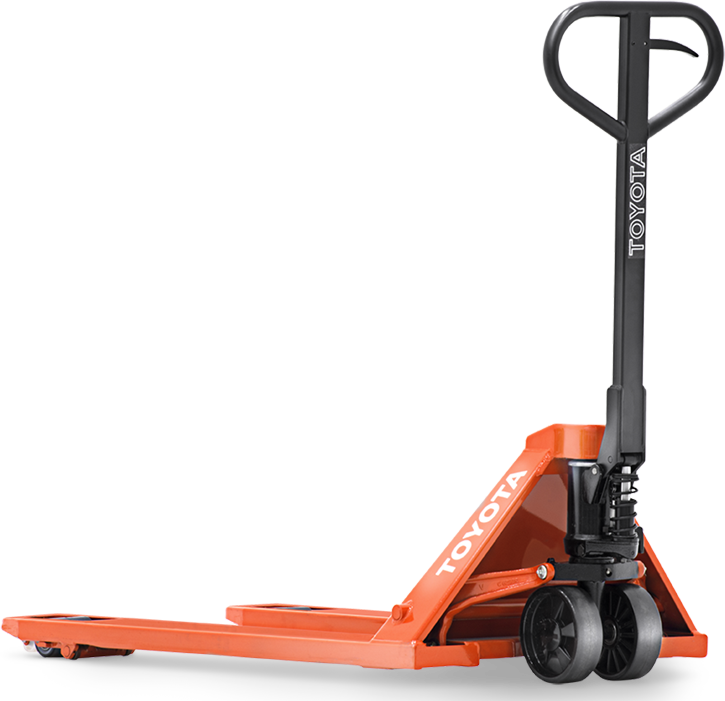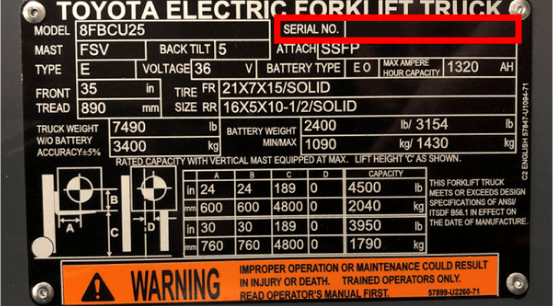Please click below to sign in to your MyToyota account
Managing Worker Fatigue in Forklift Operations

What Causes Forklift Worker Fatigue?
How Does Fatigue Affect Forklift Worker Safety?
Worker fatigue is not something that can be necessarily “measured”, but some studies show that it does negatively impact certain areas of work. Some of the most noticeable symptoms may be things like reduced decision making ability, communication skills, less attentiveness, and being unable to stay awake. When you see signs of worker fatigue in employees, take the time to talk to them. Make sure that they are feeling okay. That way they do not become a risk to themselves, other employees or the company. Communication is the backbone of a culture of safety.
What Can i do to Help Reduce Forklift Worker Fatigue?
There isn’t one answer. Once again, communication is key. Talk with your workers to make them aware of worker fatigue and work together to determine what is affecting them the most. Is it the noise? Maybe having headphones that help block out some of the noise will help. Is it more sleep? Maybe try adjusting your sleep schedule so that you’re able to get the rest you need. Are there lighting issues? You can also look for more ergonomic ways to help keep employees from physically overexerting themselves. The last point I want to talk about is to make sure that you are available to operators and other employees if they need help and have a plan in place so you are prepared. Being available is something that is easy to do, and lets employees know that you want them to stay safe. Just remember, just because one of the techniques works for someone does not mean it will have the same positive effect on someone else.
Staying safe in the workplace should always be your top priority. Make sure you are taking all of the necessary steps to help your employees or yourself, to avoid running in to worker fatigue.




